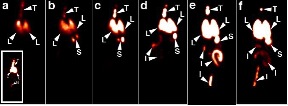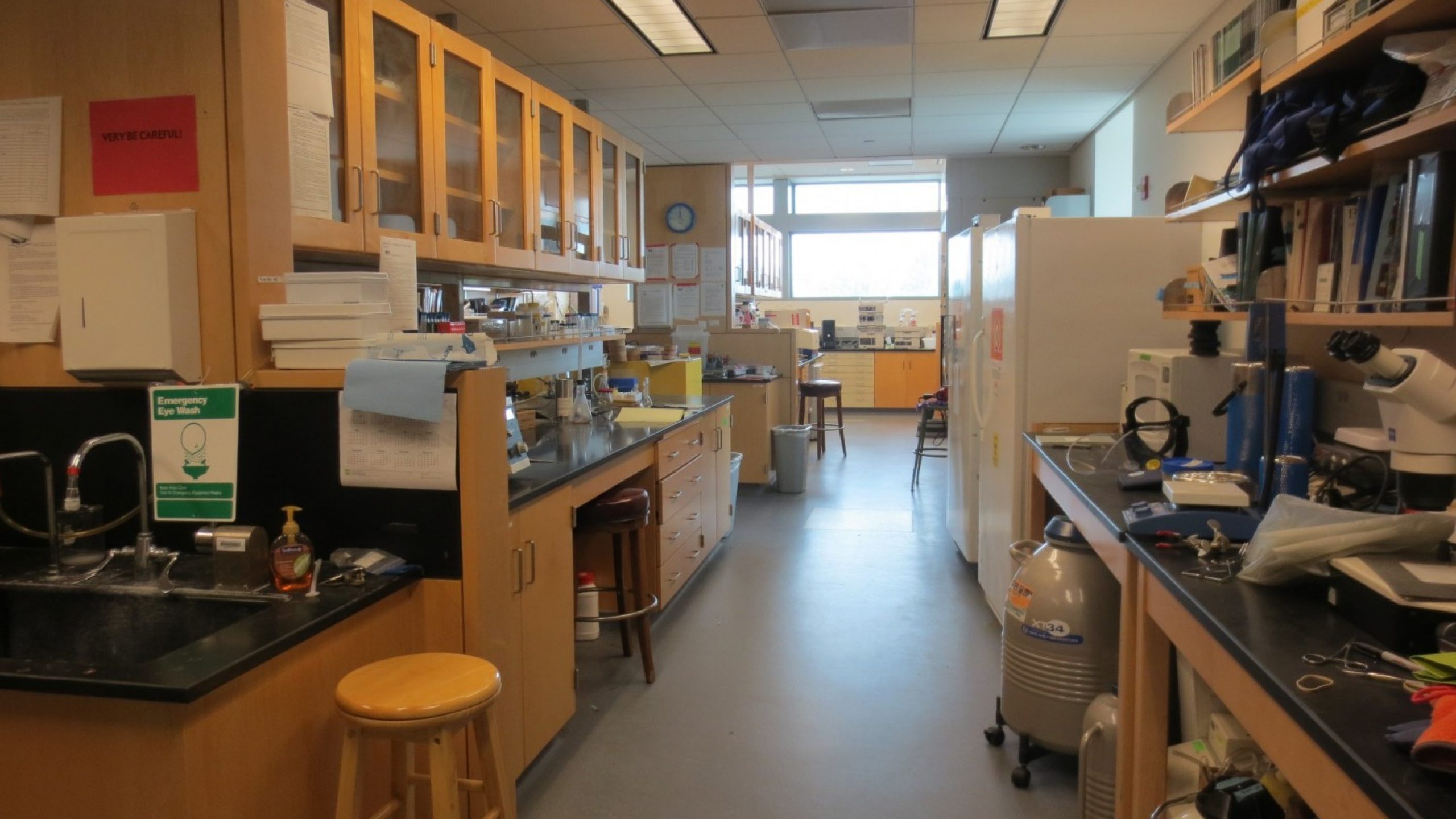 Epidemiological studies have shown that exposure to particulate matter (PM), a component of air pollution, can be detrimental to human health and has been linked to impaired lung function and heart/lung diseases, including lung cancer. In addition, exposure to PM has been positively correlated with an increase in morbidity and mortality. Within all size fractions of PM, ultra-fine particles have been observed to have the greatest detrimental effects including increased toxicity when compared to larger particles. Therefore, there is a great amount of interest in determining the bio-distribution of ultra-fine PM after delivery to the lung in order to correlate sites of particle accumulation with abnormal conditions known to be associated with PM exposure. For this work, we are using positron emission tomography (PET) as a novel technique to determine the deposition and fate of ultra-fine particles. This highly sensitive technique provides both deposition and distribution information. Models of PM are implemented for these studies and are tagged with 64-copper (t1/2= 12.7hrs) for detection with PET. Our first model of PM is an aminated polystyrene nanoparticle (100nm) that is conjugated to a macrocyclic chelator (DOTA) for capture of 64-copper. Lung retention and biodistribution over time was determined for this model PM in a normal (see below) and asthmatic animal model (T=trachea, L=lung, S=stomach, I=intestine, B=bladder).
Epidemiological studies have shown that exposure to particulate matter (PM), a component of air pollution, can be detrimental to human health and has been linked to impaired lung function and heart/lung diseases, including lung cancer. In addition, exposure to PM has been positively correlated with an increase in morbidity and mortality. Within all size fractions of PM, ultra-fine particles have been observed to have the greatest detrimental effects including increased toxicity when compared to larger particles. Therefore, there is a great amount of interest in determining the bio-distribution of ultra-fine PM after delivery to the lung in order to correlate sites of particle accumulation with abnormal conditions known to be associated with PM exposure. For this work, we are using positron emission tomography (PET) as a novel technique to determine the deposition and fate of ultra-fine particles. This highly sensitive technique provides both deposition and distribution information. Models of PM are implemented for these studies and are tagged with 64-copper (t1/2= 12.7hrs) for detection with PET. Our first model of PM is an aminated polystyrene nanoparticle (100nm) that is conjugated to a macrocyclic chelator (DOTA) for capture of 64-copper. Lung retention and biodistribution over time was determined for this model PM in a normal (see below) and asthmatic animal model (T=trachea, L=lung, S=stomach, I=intestine, B=bladder).
Recent work includes co-delivering labeled polystyrene nanoparicles with fine PM to observe differences in retention and distribution. Changes in lung physiology have been observed with exposure to PM including increased lung permeability, oxidative stress and inflammation.
